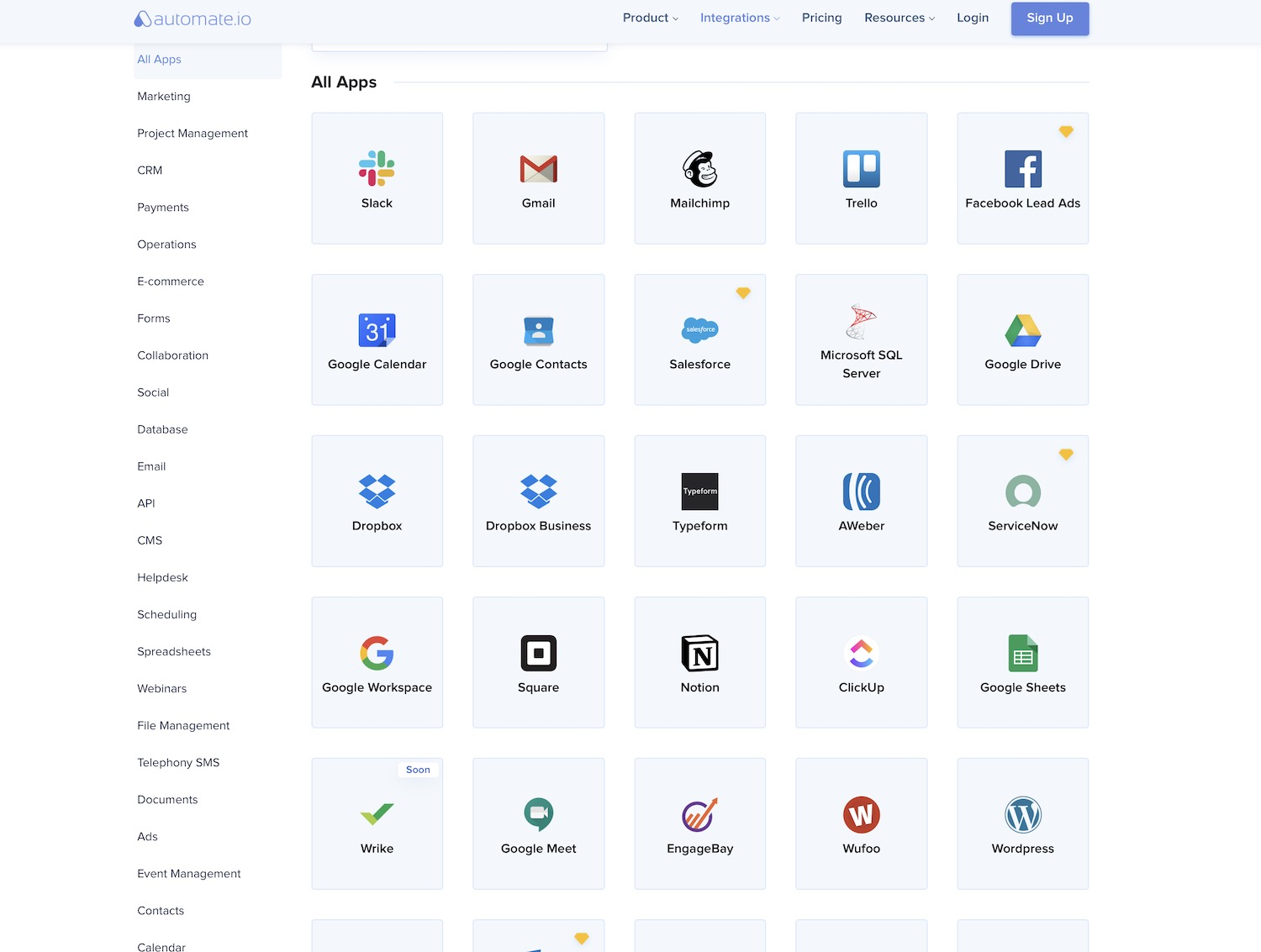News: We must subsidize and regulate space exploration
Space can and should be about much more than giving the 1% another Instagrammable moment and increasing the wealth of the billionaires who provide the service.
Contributor
In 1989, Tim Berners-Lee invented the World Wide Web (popularizing the modern internet). He didn’t protect the technology because he wanted it to benefit us all. Three decades later, most of the power — and a lot of the profits — of the internet are in the hands of a few tech billionaires, and much of the early promise of the internet remains unfulfilled.
To avoid the same fate for space, we need to subsidize new players to create competition and lower costs, as well as regulate space travel to ensure safety.
Space matters. It could create countless jobs and fuel economies, and may even hold the solution to climate change. Investors can already see this, having poured billions into space companies in an industry with a potential market value of $1.4 trillion by 2030.
Space may seem too vast to be dominated by a few tech billionaires, but in 1989, so did the internet. We need to get this right, because from the mechanics and aerospace engineers to the marketing, information and logistics workers, the space industry could fuel global job creation and economic growth.
For that to happen, we need competition. What we have now is a few players operating perhaps for their founders’ benefits, not the world’s.
We should not repeat the mistakes we made with the internet and wait for the technology to be abused before we step in. For example, in the Cambridge Analytica scandal, a private technology company used weapons-grade social media manipulation to pursue their own profit (which is their obligation to their shareholders) but to society’s harm (which it is regulators’ job to protect).
In space, the stakes are even higher. They also affect all of humanity, not a few countries. There are environmental dangers (we are probing the carbon cost of “Earth” flights, but not space flights), and an accident, as well as leading to loss of life in space, could send fatal debris to Earth.
These dangers are not unforeseen. Virgin Galactic had its first fatality in 2014. A Space X launch puts out as much carbon dioxide as flying around 300 people across the Atlantic. Earlier this year, some unguided space debris from a Chinese rocket landed in the Maldives.
We should not wait until these accidents happen again — perhaps at a bigger scale — before we act.
Space tourism can and should be about much more than giving the 1% another Instagrammable moment and increasing the wealth of the billionaires who provide the service.
The space industry should be managed in a way that delivers the most good to the largest number of people. That starts with subsidies.
In short, we should treat space travel like any other form of transit. Making that sustainable economically will almost inevitably require some government intervention.
We have been here before: When the combination of air travel, highways and rising labor costs led the two largest railways in the United States to bankruptcy, the Nixon administration intervened and created Amtrak.
This wasn’t ideologically fueled (quite the opposite). This was a decision to make sure the U.S. reaped the economic benefits of interstate travel. Even though Amtrak remains unprofitable 50 years after its creation, it is a crucial piece of economic infrastructure upon which many other industries — as well as millions of individuals and families — rely.
We need to do the same with space travel. Very few individuals will benefit from what will be an uber-luxury segment of the travel market, with Virgin Galactic tickets predicted to cost $250,000 (and that is the entry-level space travel product; Virgin’s competitors are priced at multiples of that cost).
If we subsidize the industry now, while ensuring there are new competitors in space, we can ensure it hits a critical mass where all the broader benefits of space travel become a reality.
This will be much easier than waiting for monopolies to emerge and then trying to fight them (which is what the U.S. Federal Trade Commission is trying to do, decades too late, to Big Tech).
Space travel is not just hype or the plaything of billionaires. It is the final frontier, both physically and economically.
If we want it to be a success, we should learn from our successes and failures back on Earth and apply them to space now.
That means subsidies, support, regulation and safety. These things are important on Earth, but in space they are absolutely essential.









